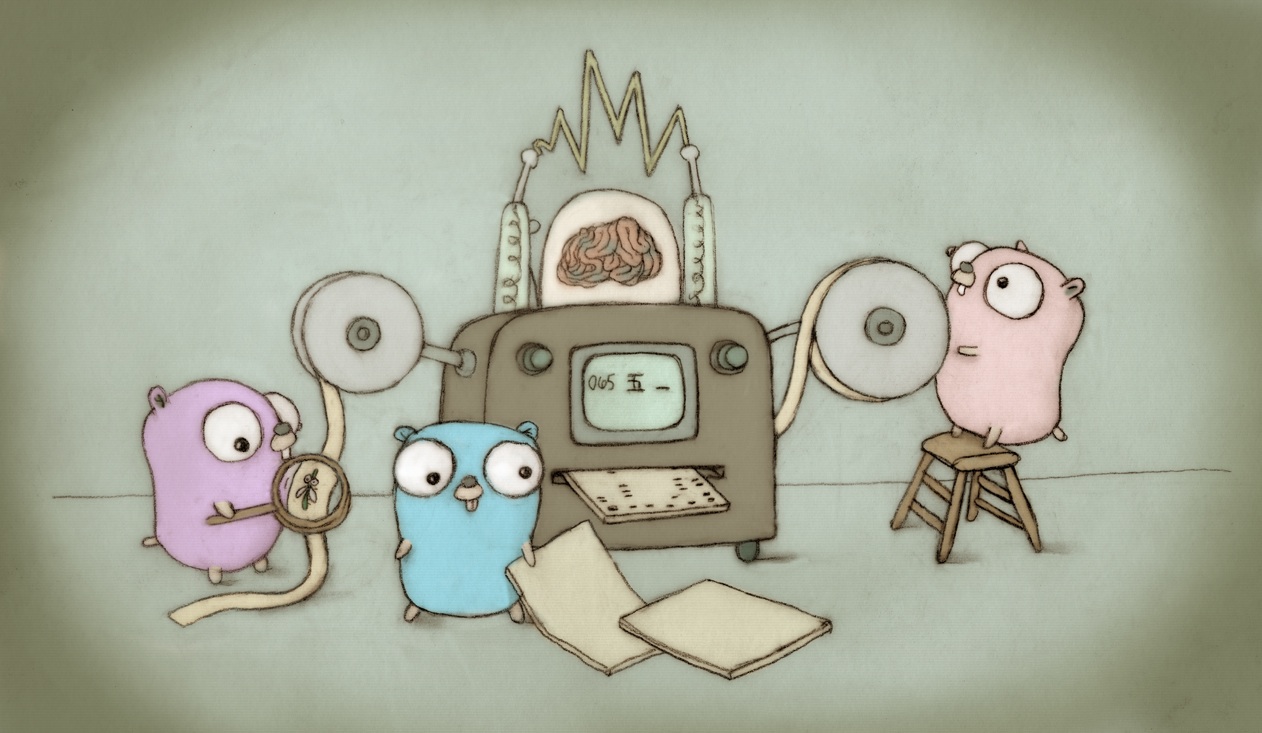Broadly speaking, escape analysis has two main phases. First, it traverses the AST while building a data-flow graph of locations and edges. Second, during "solve", it repeatedly walks the data-flow graph while carefully propagating information about each location, including whether a location's address reaches the heap. Once escape analysis is in the solve phase and repeatedly walking the data-flow graph, almost all the information it needs is within the location graph, with a notable exception being the ir.Class of an ir.Name, which currently must be checked by following a pointer from the location to its ir.Node. For typical graphs, that does not matter much, but if the graph becomes large enough, cache misses in the inner solve loop start to matter more, and the class is checked many times in the inner loop. We therefore store the class information on the location in the graph to reduce how much memory we need to load in the inner loop. The package github.com/microsoft/typescript-go/internal/checker has many locations, and compilation currently spends most of its time in escape analysis. This CL gives roughly a 30% speedup for wall clock compilation time for the checker package: go1.24.0: 91.79s this CL: 64.98s Linux perf shows a healthy reduction for example in l2_request.miss and dTLB-load-misses on an amd64 test VM. We could tweak things a bit more, though initial review feedback has suggested it would be good to get this in as it stands. Subsequent CLs in this stack give larger improvements. Updates #72815 Change-Id: I3117430dff684c99e6da1e0d7763869873379238 Reviewed-on: https://go-review.googlesource.com/c/go/+/657295 LUCI-TryBot-Result: Go LUCI <golang-scoped@luci-project-accounts.iam.gserviceaccount.com> Reviewed-by: Keith Randall <khr@google.com> Reviewed-by: Jake Bailey <jacob.b.bailey@gmail.com> Reviewed-by: David Chase <drchase@google.com>
The Go Programming Language
Go is an open source programming language that makes it easy to build simple, reliable, and efficient software.
 Gopher image by Renee French, licensed under Creative Commons 4.0 Attribution license.
Gopher image by Renee French, licensed under Creative Commons 4.0 Attribution license.
Our canonical Git repository is located at https://go.googlesource.com/go. There is a mirror of the repository at https://github.com/golang/go.
Unless otherwise noted, the Go source files are distributed under the BSD-style license found in the LICENSE file.
Download and Install
Binary Distributions
Official binary distributions are available at https://go.dev/dl/.
After downloading a binary release, visit https://go.dev/doc/install for installation instructions.
Install From Source
If a binary distribution is not available for your combination of operating system and architecture, visit https://go.dev/doc/install/source for source installation instructions.
Contributing
Go is the work of thousands of contributors. We appreciate your help!
To contribute, please read the contribution guidelines at https://go.dev/doc/contribute.
Note that the Go project uses the issue tracker for bug reports and proposals only. See https://go.dev/wiki/Questions for a list of places to ask questions about the Go language.